еЬЯжЫЬжЧ•, 1жЬИ 15th, 2011...4:05 PM
Kita Kamakura Walking Guide
Reading time: About 3 minutes
Kita Kamakura Walking GuideAround Kita Kamakura Station, which is the next station to Kamakura Station, many famous temples in Kamakura are located. Enkaku-ji and Kencho-ji are recommended to see and you can go sightseeing by foot.
Enkaku-ji is located right in front of Kita Kamakura Station. Because of the location, many people visit this temple. As you go up the stairs and walk through Sou-mon, there is San-mon standing.
The structure is multistoried and has eight supporting columns. You can feel the history from thick columns and beautiful construction.
There are many constructions in the precincts of the temple and many of them were built after Edo period.
The colored leaves were beautiful.
A pond that was here since Enkaku-ji was established.
Walking across the railroad track toward the south from Enkaku-ji, Toke-ji can be found. This temple is a unique with a temple rule set in Edo period that allows women to demand divorce, since women in those days could not do so.
Until 1902, men were not allowed to step in.
There is a carpet of moth further in the temple. Since many types of moss that are rare in Japan grow, many botanist visit this temple.
The moss is beautiful as expected.
Next to Tokei-ji is Jochi-ji. Jochi-ji was established in 1281.
This is the symbol of the entrance of Jochi-ji.
As you go up the stone steps, there is Jochi-jiвАЩs Shoro-mon or the bell tower. It is a rare Chinese style gate, which has the bell hanging from the top story.
During spring, narcissus and peony blooms beautifully. Also the colored leaves are pretty to so this temple can be enjoyed any season.
There is one of the Seven Gods of Kamakura, Hoteison. It is known as the last god of Seven Gods and is usually called вАЬHotei-sanвАЭ. It is a god that brings happiness and is popular for its smiling face.
The next stop is Kencho-ji. It is the oldest Zen sect temple in Japan. It is the largest among Kamakura Five Big temples. It was established 30 years earlier than Enkaku-ji, behest of the emperor of the time.
San-mon has a height of 30m. The structure is multistoried and has eight supporting columns alike to Enkaku-jiвАЩs. Studying about the structure of gates would be another way of enjoying the visit. Sakura blooms during spring, decorating the front of the gate.
There are Sou-mon (main gate), San-mon, San-mon, Butsuden (Buddhist temple), and Hattou (lecture hall) placed in the style of Zen sect architecture of China. The constructions are placed vertically.
Another thing to see in Kencho-ji is the garden. The lake is placed in the center and uses the mountain in the back as helper to the scene. It was moved from Kyoto.
The last destination is Tsuruoka Hachiman-gu. It is located right in the middle of Kamakura and Kita Kamakura.
Tsurugaoka Hachiman-gu used to be famous for the big ginkgo tree but it was blown over by the strong wind.
Today, the big ginkgo tree was cut into three pieces and the part 4m from the root (17 ton) was replanted 7m away from where it used to stand. There is the trunk on the left of the picture.
A new sprout is growing from the trunk.
The course from Kita Kamaura to Kamakura that I walked today can be strolled in half day. Kamakura has rich nature and historical constructions. Also, each season bring change to the scene, sakura in spring, hydrangea in summer, and colored leaves in fall.
вЦ†Related Post
*Hydrangeas вАУ Exploring Hase, Kamakura Part1
*Hydrangeas вАУ Exploring Hase, Kamakura Part2









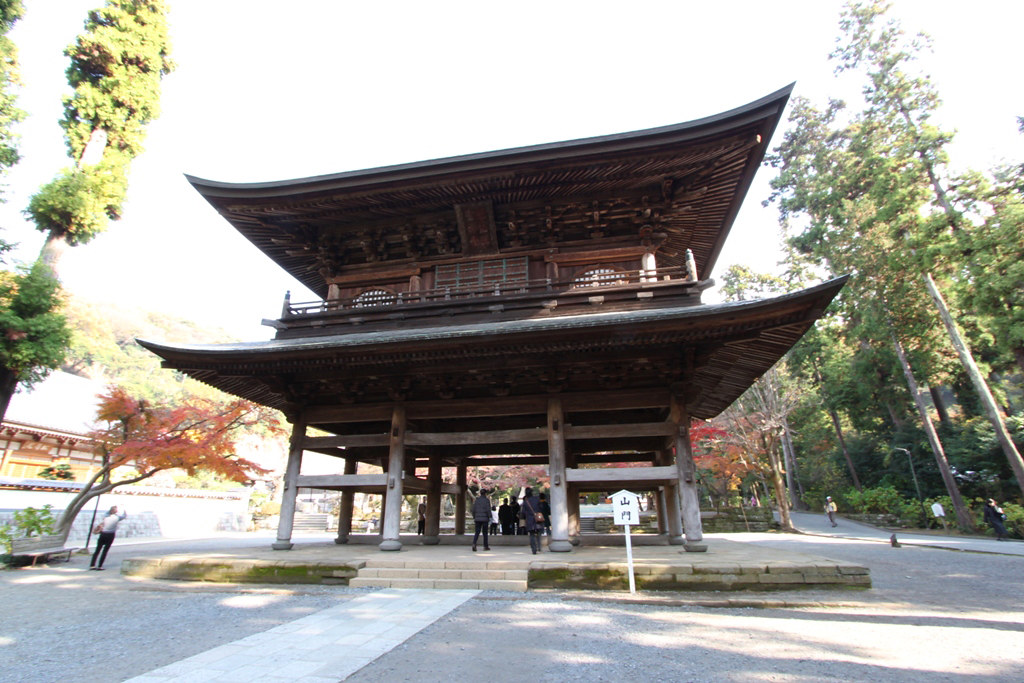
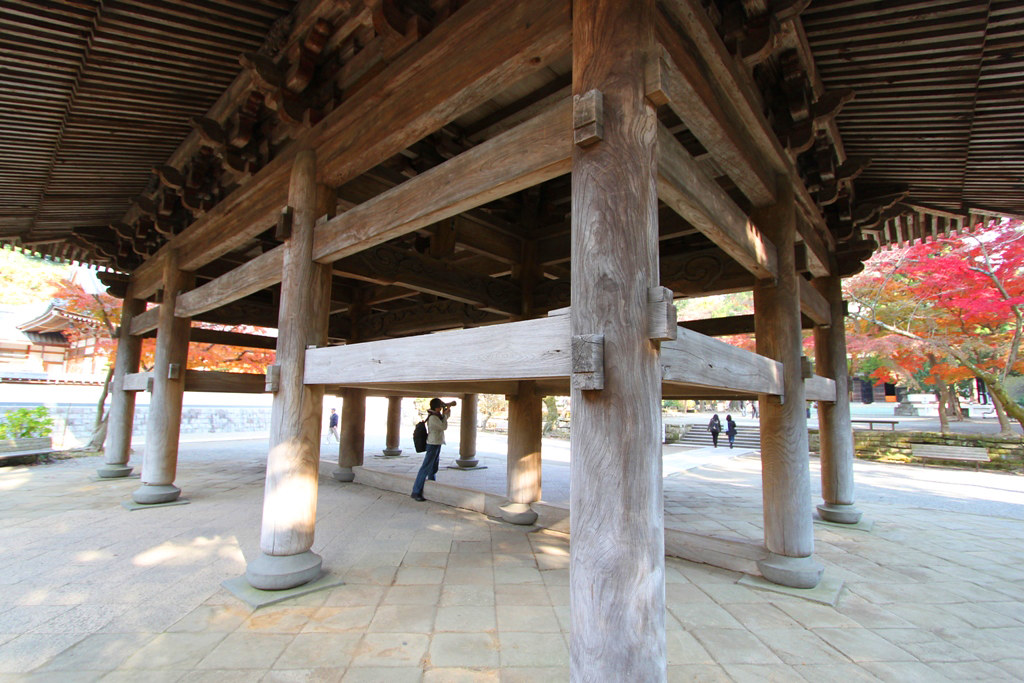

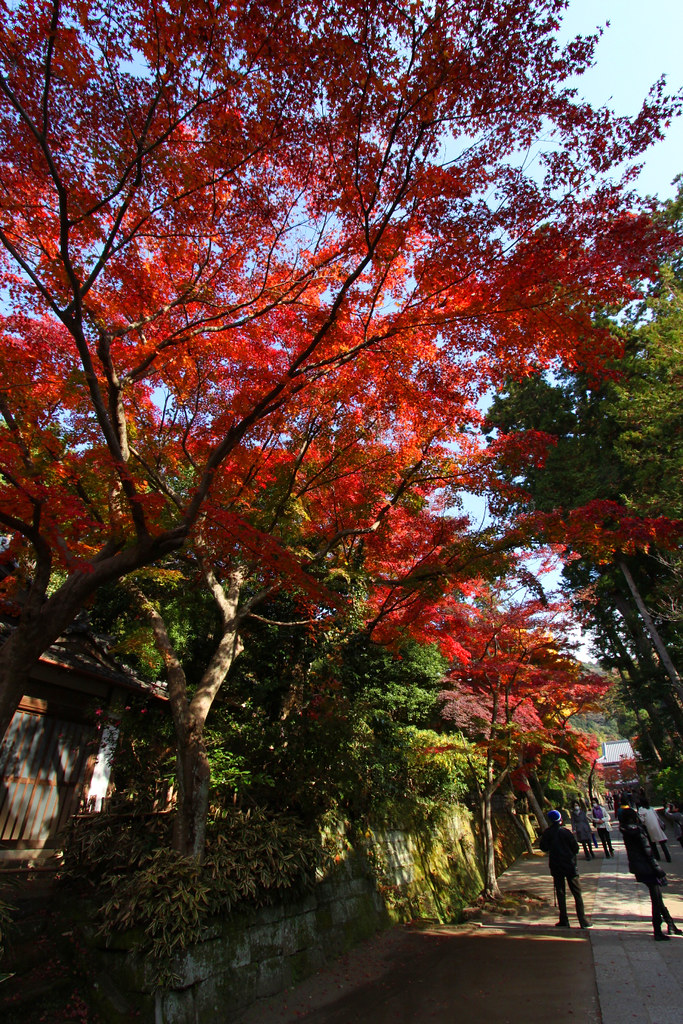
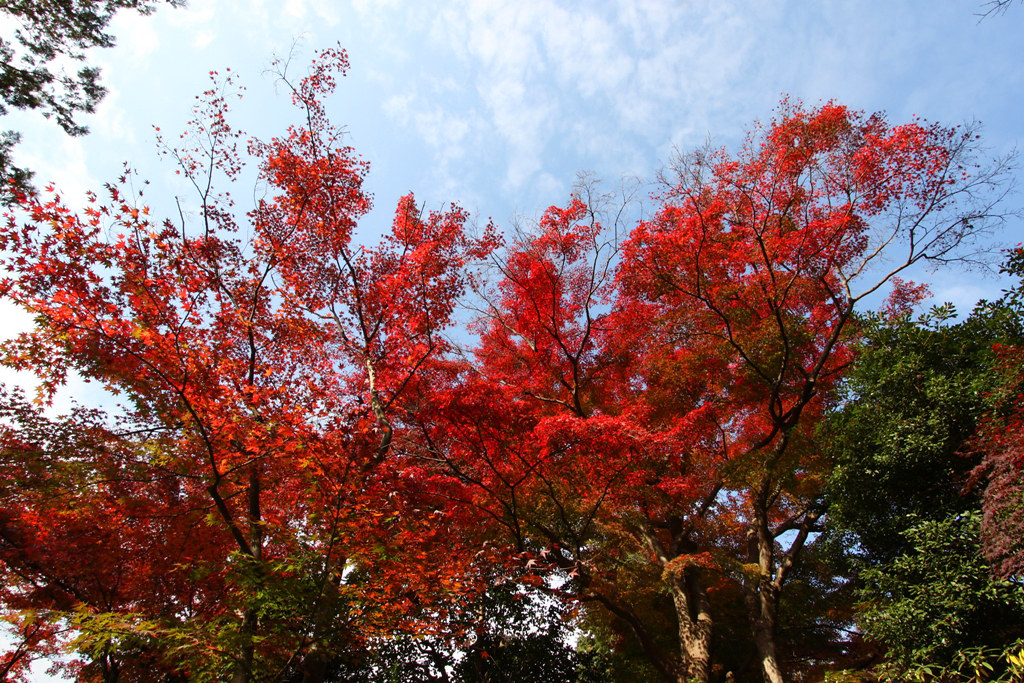
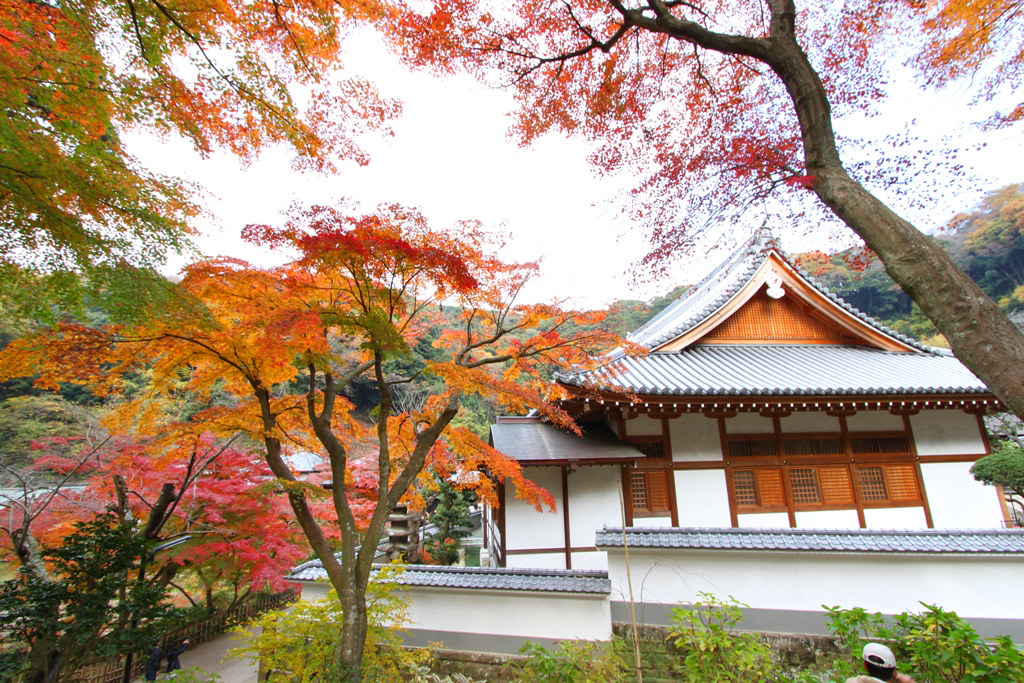
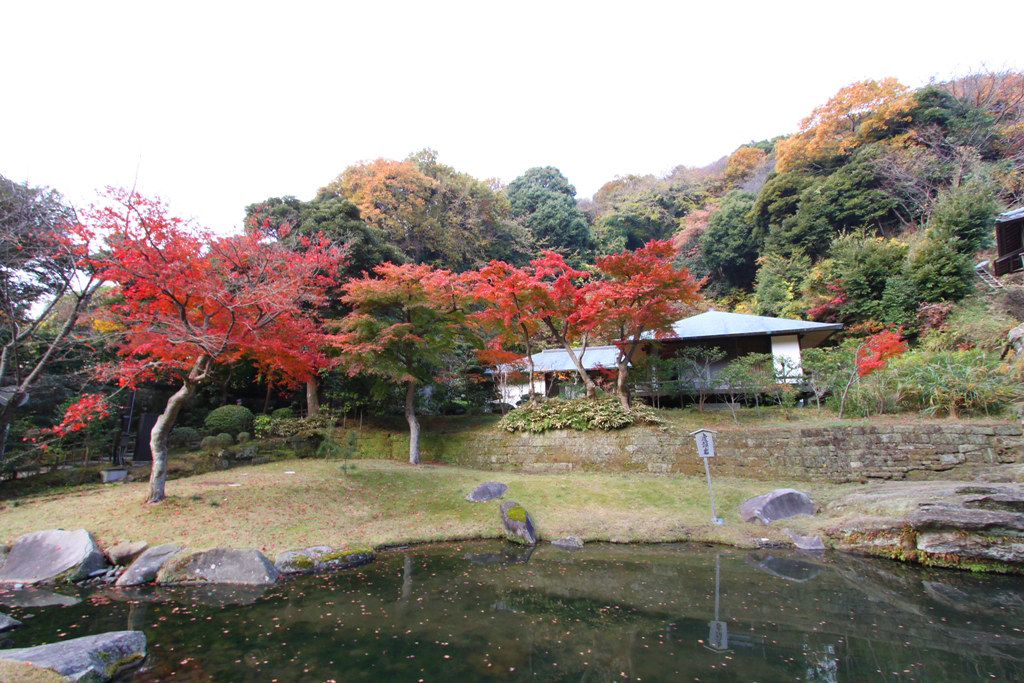
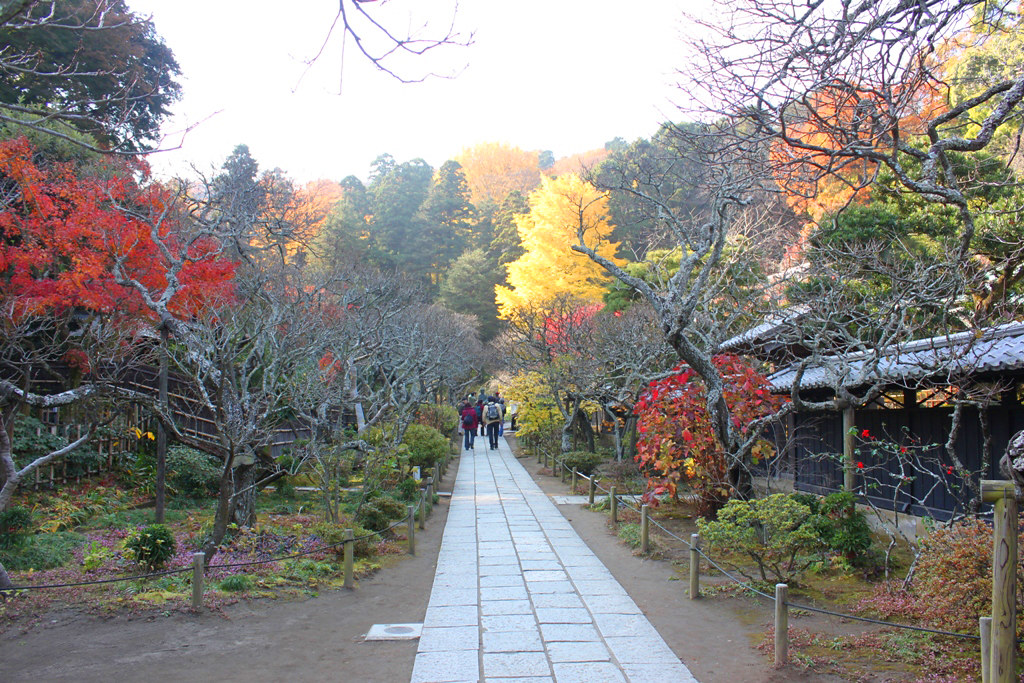
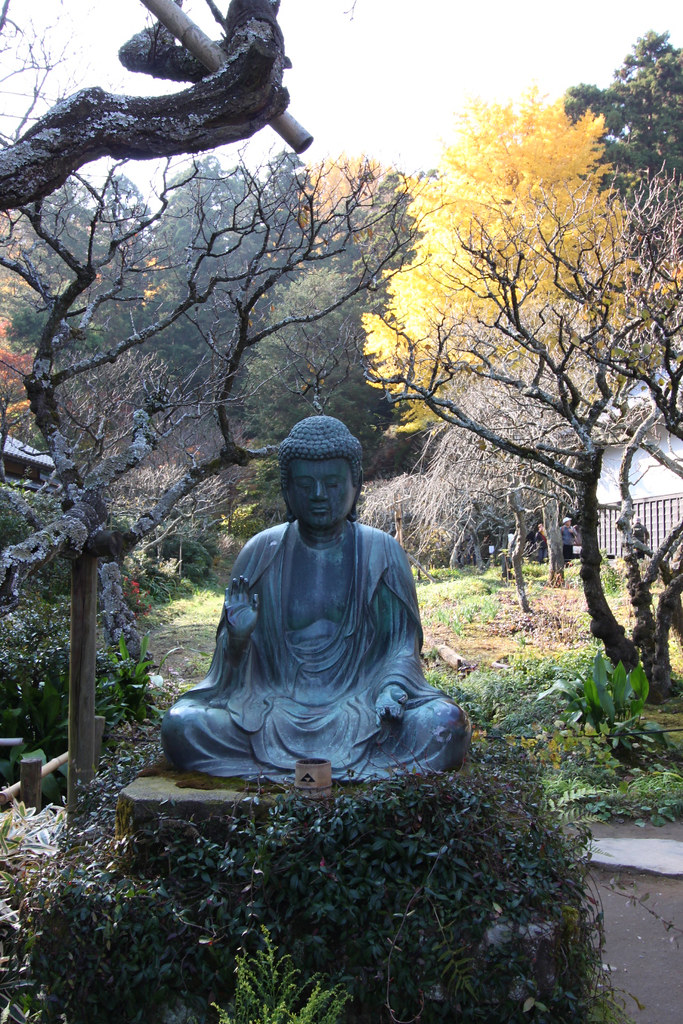
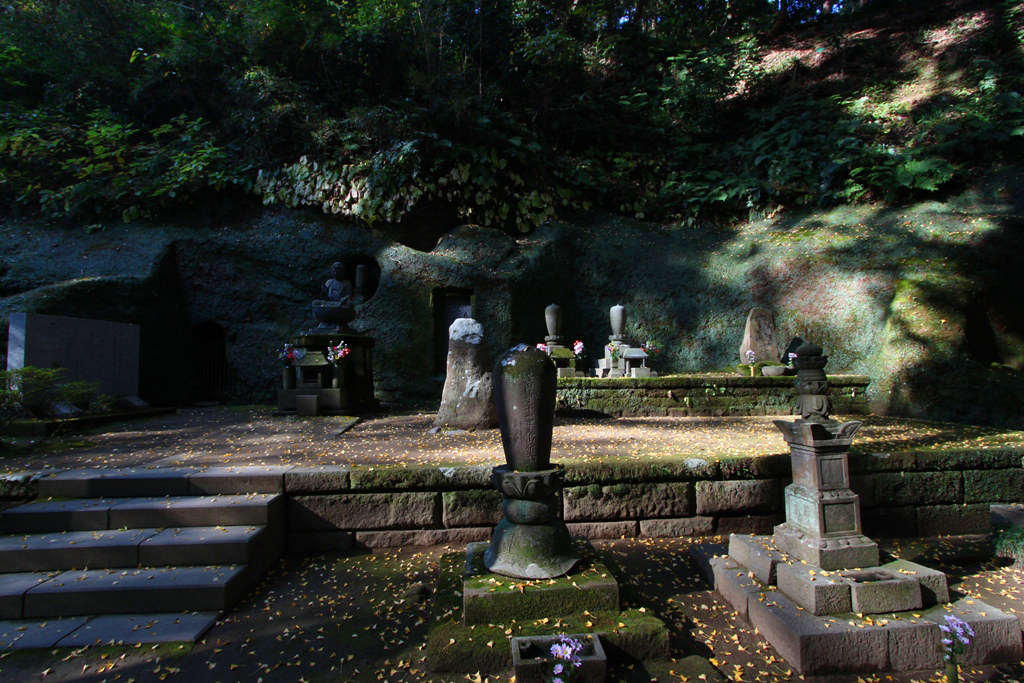
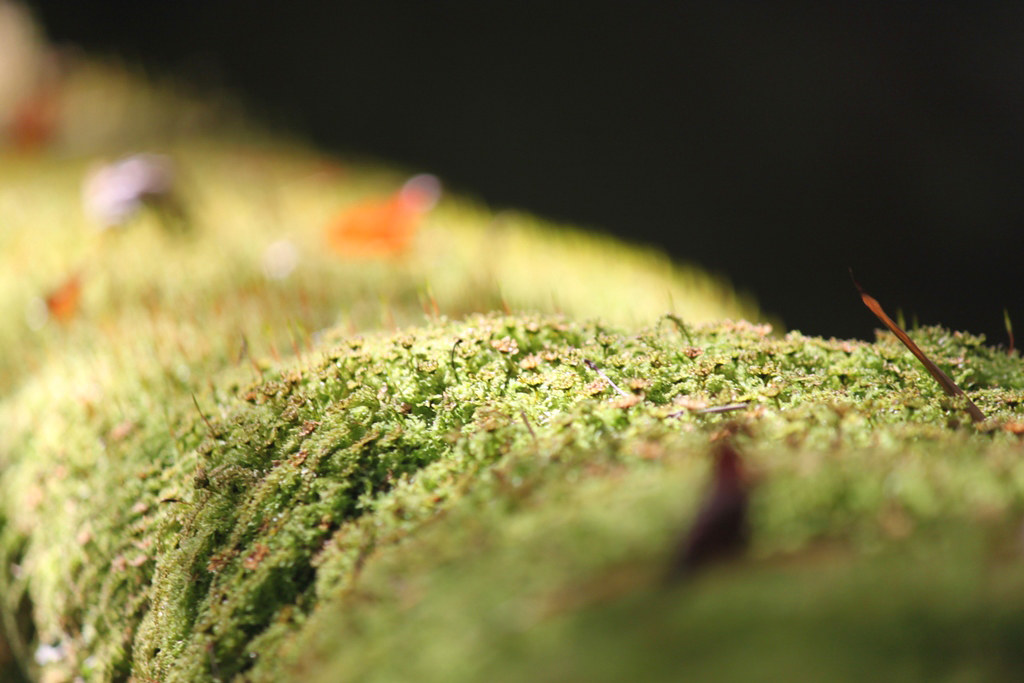
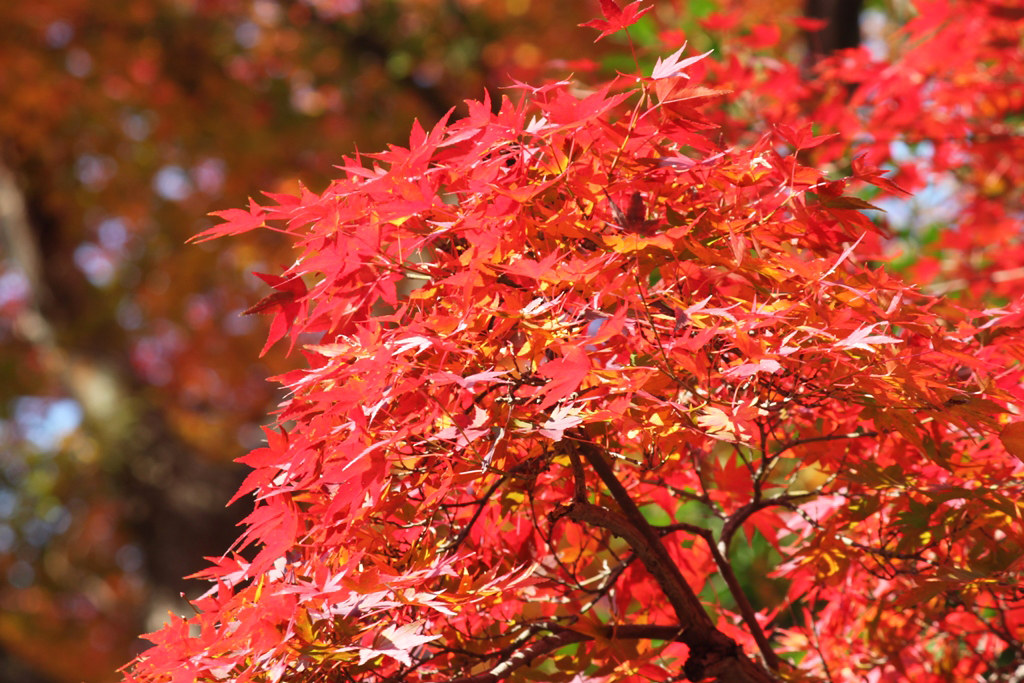
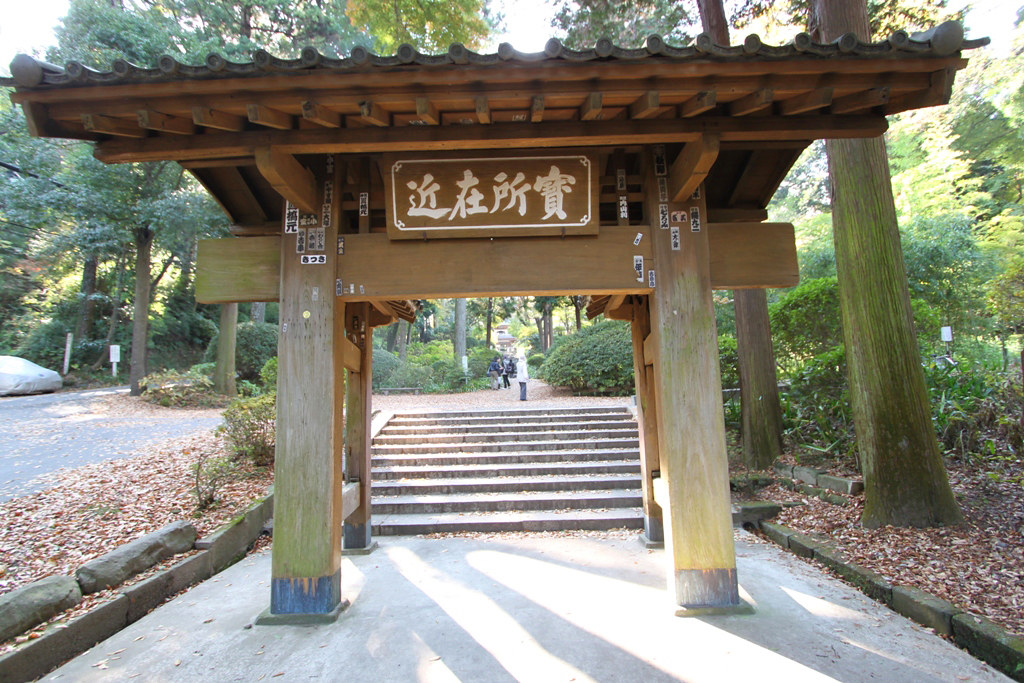
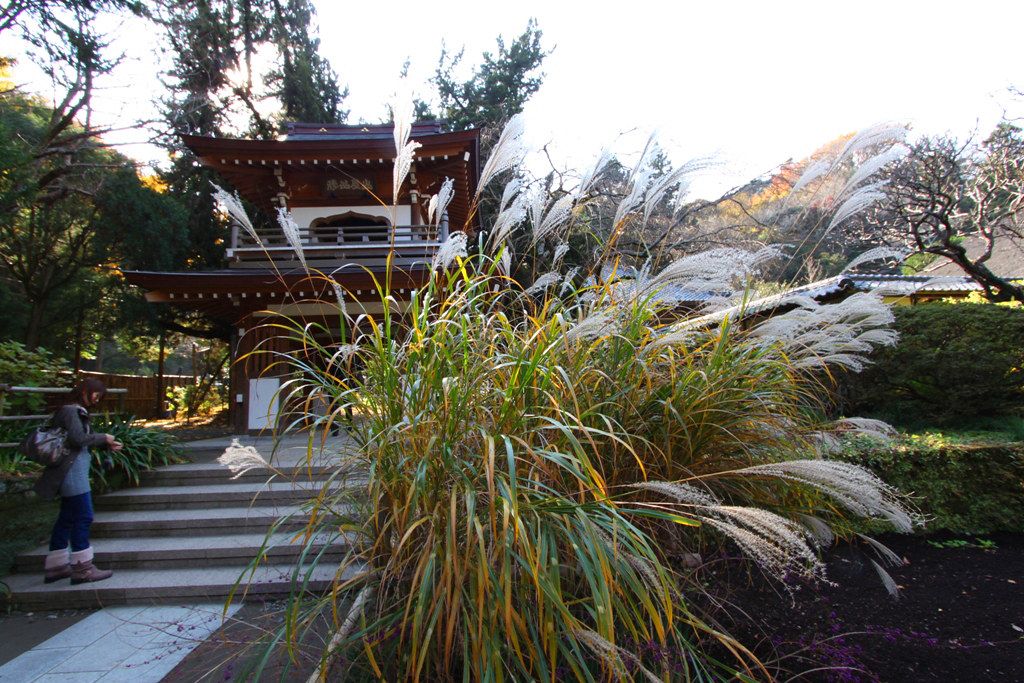
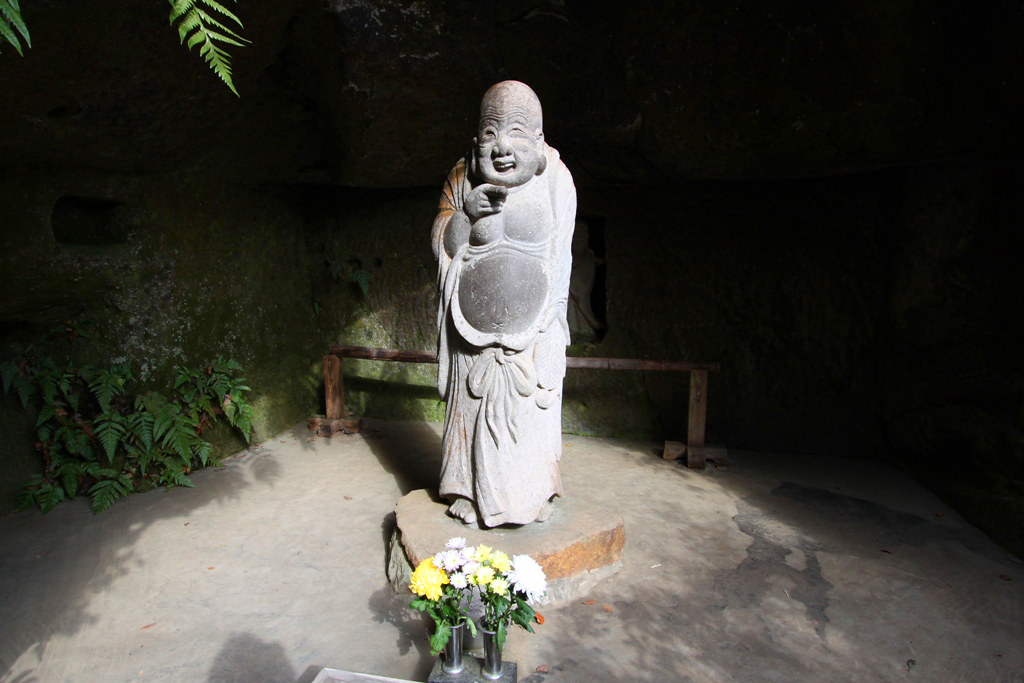

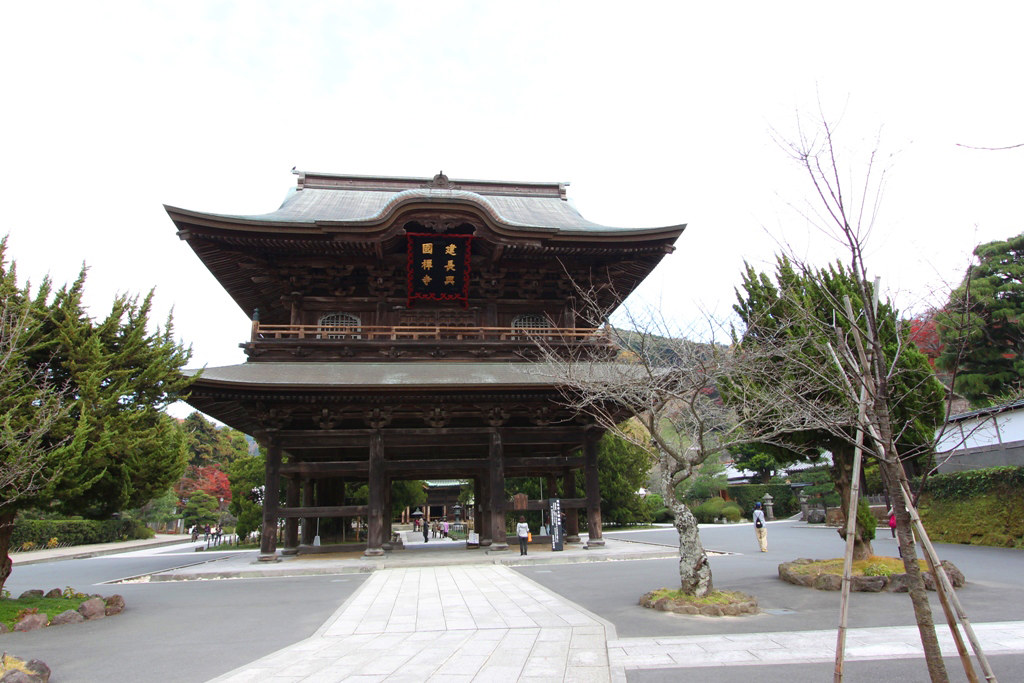
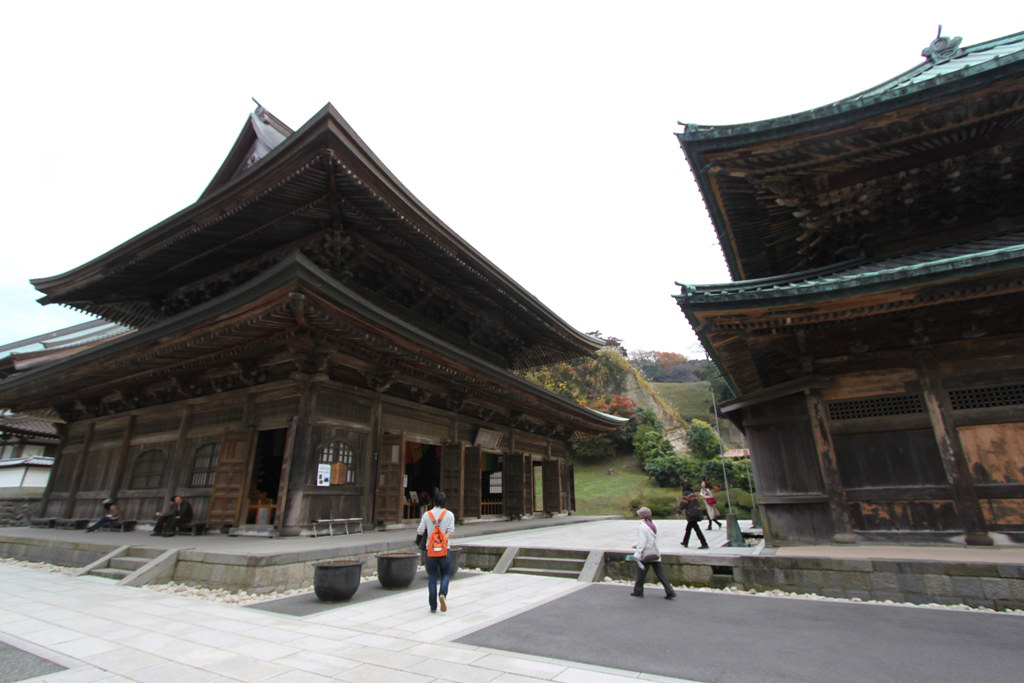
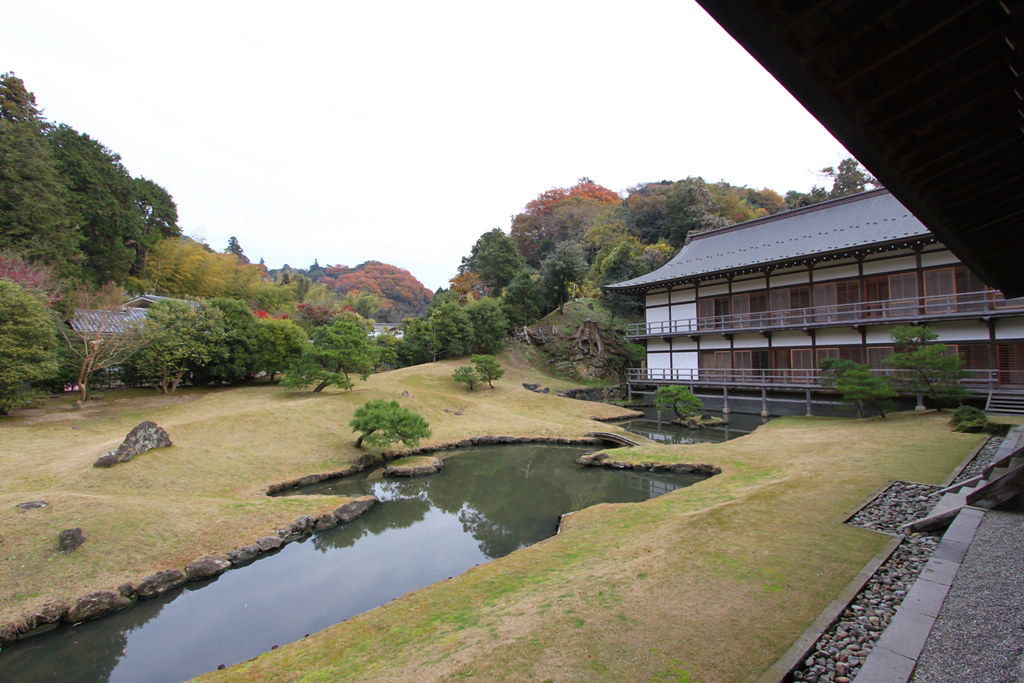
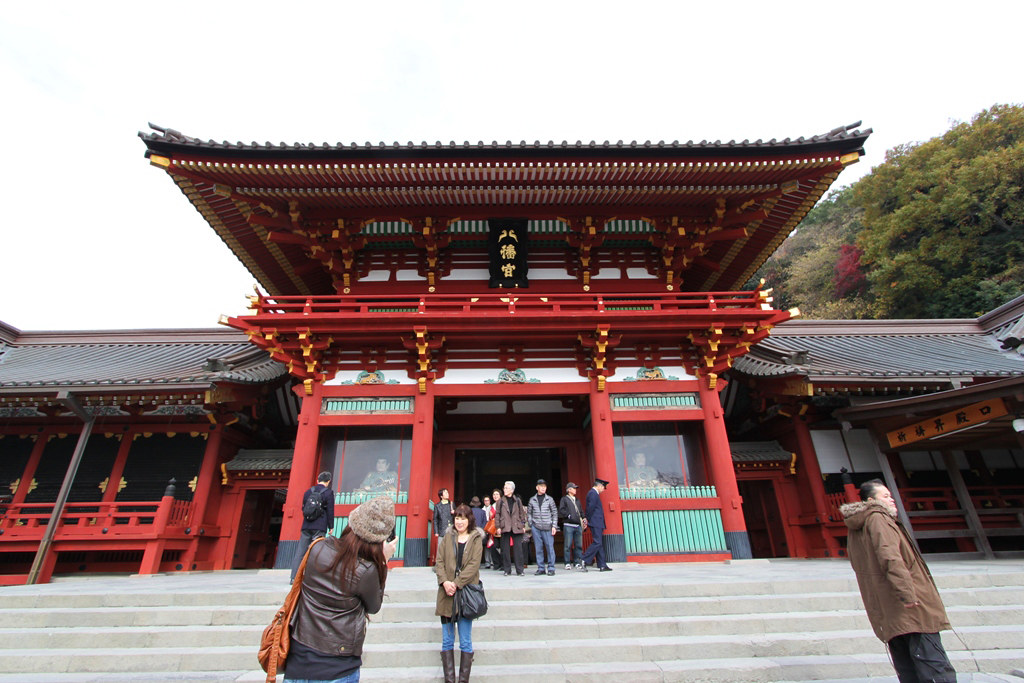
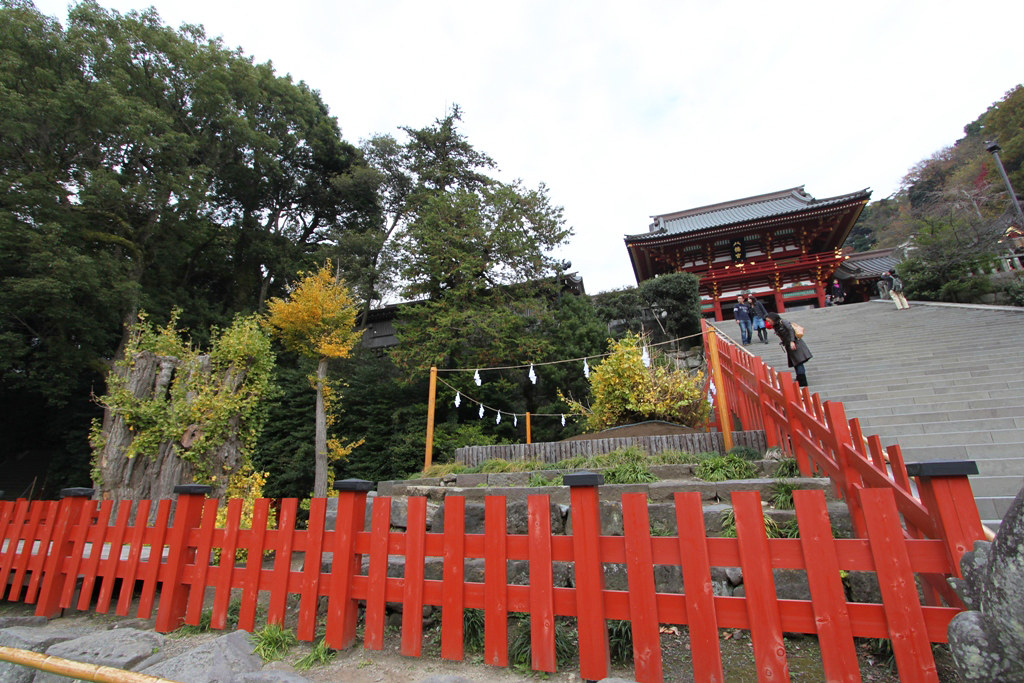
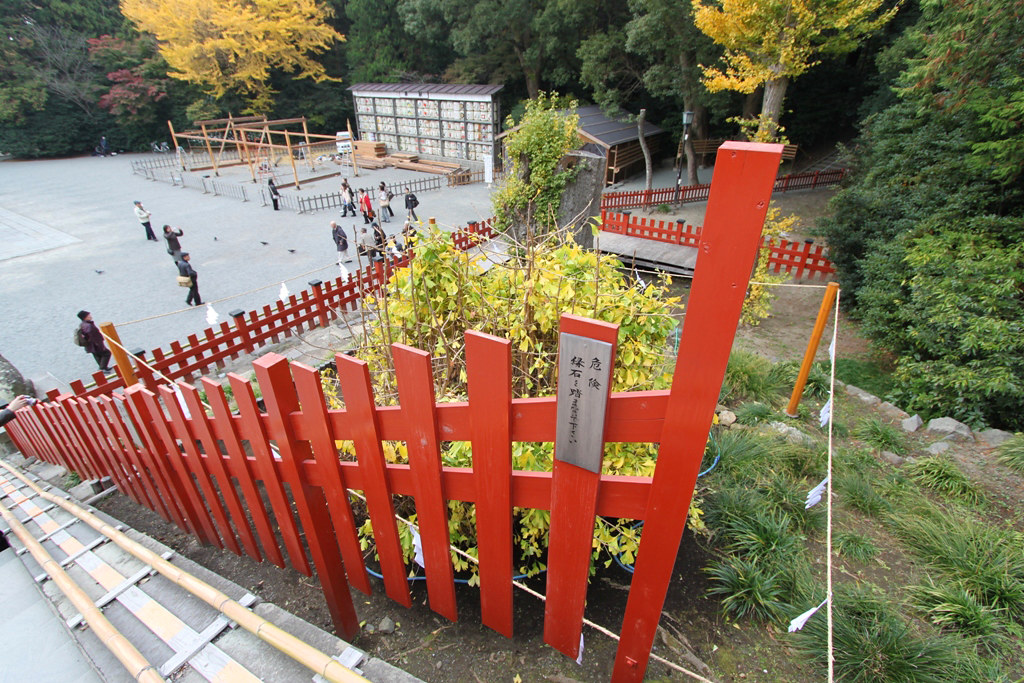
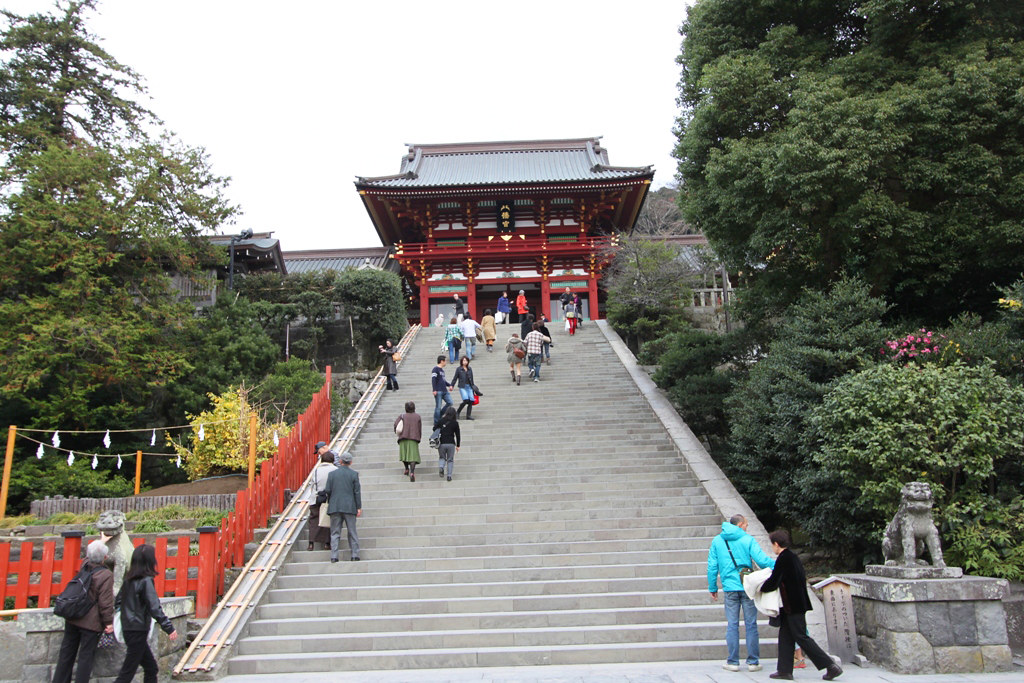











Leave a Reply